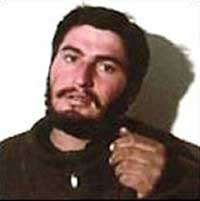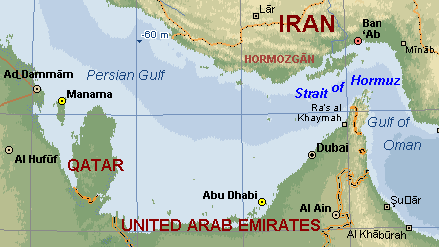|
As described to NEWSWEEK for the first time by foreign officials who work
closely with the CIA, the aim was to sink a U.S. warship with everyone
aboard, and the scenario was every bit as grand and complicated as something
out of an old James Bond movie. Through a front company, Al Qaeda actually
bought a large freighter equipped with a heavy-duty crane. It also bought
several small speedboats from a manufacturer in the United Arab Emirates.
The plan was to carry the smaller craft on the mother ship, fill them with
explosives, lower them into the water and send them on their way toward
the warship as, in effect, suicide torpedoes. If those failed—and they
would have been vulnerable to defensive fire if the ship’s crew was alert—the
freighter itself was filled with explosives, making it the biggest conventional
bomb ever built. It wouldn’t have to ram the warship to sink it, just explode
nearby. According to these officials, most of the crew on the Al Qaeda
freighter didn’t even know what was going on. Some were from Pakistan,
others from India. A few were Christians.
The head of this
operation was Abd al-Rahim al-Nashiri, who played a key operational role
in putting together the bombings of the U.S. embassies in Kenya and Tanzania
in 1998 and blowing an enormous hole in the side of the American destroyer
USS Cole in Yemen in 2000, killing 17 American sailors. “Nashiri does his
job very patiently,” says an Arab intelligence officer with intimate knowledge
of the case. “Nairobi was three years in the planning.”
So what happened? By one account, Nashiri had trouble getting the enormous
quantity of explosives needed for the Hormuz plot. But this intelligence
officer says no: “It was all to do with the timing and the moving of the
elements. The problem was security procedures.” The more grandiose a plan,
the more people who are involved, the greater the chance it will be compromised
and some or all of the plotters caught. Nashiri knew he was already being
hunted by the CIA. Jordan’s intelligence service had been tracking him
since 1997. Rather than risk giving away the whole game—possibly the whole
9-11 plot—the operation was called off.
Even after Al Qaeda’s
Afghan base was broken up by the U.S. invasion in 2001, Nashiri—also known
as Mullah Bilal—kept plotting seaborne operations, training frogmen for
underwater demolition and pilots for small kamikaze aircraft. A group of
Saudis was dispatched to Morocco to prepare the logistics for an attack
on U.S. warships in the Strait of Gibraltar. Their mission was to rent
a safe house and acquire Zodiac rubberized speedboats to use in a hit similar
to the one against the Cole. But a tip from one of the Moroccans held at
Guantanamo in early 2002 led to the arrest of the plotters by the Moroccan
security services.
Nashiri tried to change his strategy. Like other Al Qaeda planners, he
scaled back the grand plans and focused on what he thought would be easier
targets: attacks on American compounds in the northwest of Saudi Arabia
and in Jeddah. But those plots were foiled. Too many people knew about
him. Too many of the Arab services, as well as the Americans, were on his
trail.
Late last year, Nashiri was spotted in Yemen, but the Yemenis didn’t arrest
him. He went to Dubai and was picked up there. Ever since, Nashiri has
been in one of the secret CIA interrogation centers outside the United
States, beyond the reach of American law or mercy. According to intelligence
sources familiar with his dossier, he’s been quite talkative. By combining
what Nashiri has told them with details from other captured masterminds
like Abu Zubaydah (none of whose whereabouts are a matter of public record)
the CIA can cross-check information, spot inconsistencies, and expand its
web of coverage.
So we’re all a lot safer? Yes, in fact.
Safer. But not safe.
“The elements who worked with Nashiri, they have the same expertise,” says
the counterterror chief of a friendly country. “When Nashiri was arrested
they became more determined than ever to take his place.” They are also
more determined than ever to get weapons of mass destruction. The acquisition
is very risky from an operational point of view. The terrorists have to
go outside their closed and secure networks if they want nukes, plutonium
or sophisticated chemical and biological weapons, and that exposes them
to capture. But there’s this great advantage: once you’ve got the Bomb
or its bio-chem equivalent, you don’t have to be a genius to use it. You
just have to be evil.

|

